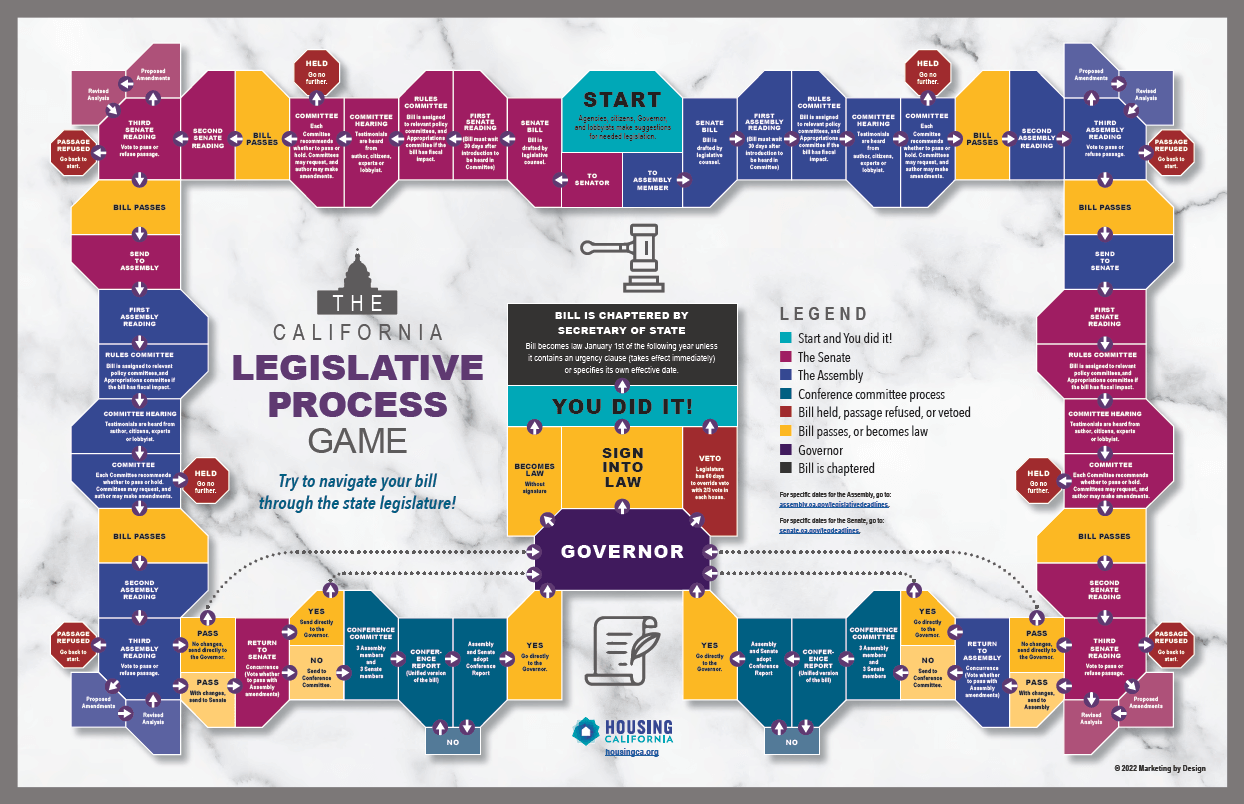The California Legislative Cycle
Legislative Cycle and Calendar
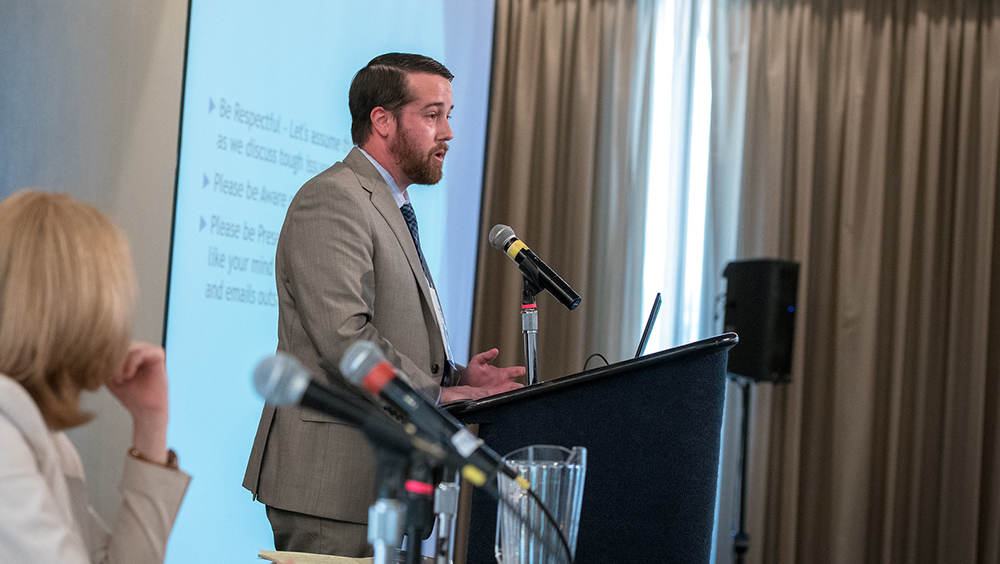
Note: COVID-19 may impact the Legislative Cycle that will begin in 2021
California’s Legislative Cycle is a two year cycle.
The legislative calendar is set each year by the Secretary of State. Deadlines, the legislative calendar and further information can be found at the websites of the California Assembly and the California Senate.
How a Bill Becomes a Law
A bill is introduced in either the Senate or the Assembly, and goes through the relevant Policy committee(s) (and the Appropriations Committee if the bill has fiscal impact) and then on to the Floor of the chamber of origin. Bills must pass through both chambers before going to the Governor’s desk, for either a signature or a veto. A veto can be overridden by a 2/3 vote in both chambers.
There are two options below for reviewing what a bill must go through in order to become law:
- Visit our quick reference (ten–step) Lifecycle of a Bill.
- View our detailed infographic where the legislative process is laid out as a game (clicking here or on the image opens a PDF in a new browser window).
What is the Budget Process, and how is it different from the legislative process?
The process of creating California’s annual state budget lasts from January until June each year. The state budget outlines how the state’s General Fund will be spent on various programs and services, such as healthcare, schools and affordable housing.
Requests for funding from California’s General Fund are made during the process of creating the state budget. These requests for funding from the state budget are known as “budget asks” (or “budget plays”). They differ from bills in that they are requests made to legislators by groups (like Housing California), as opposed to being written by legislators (like bills). Ultimately, however, the governor has the final say.
It works like this…
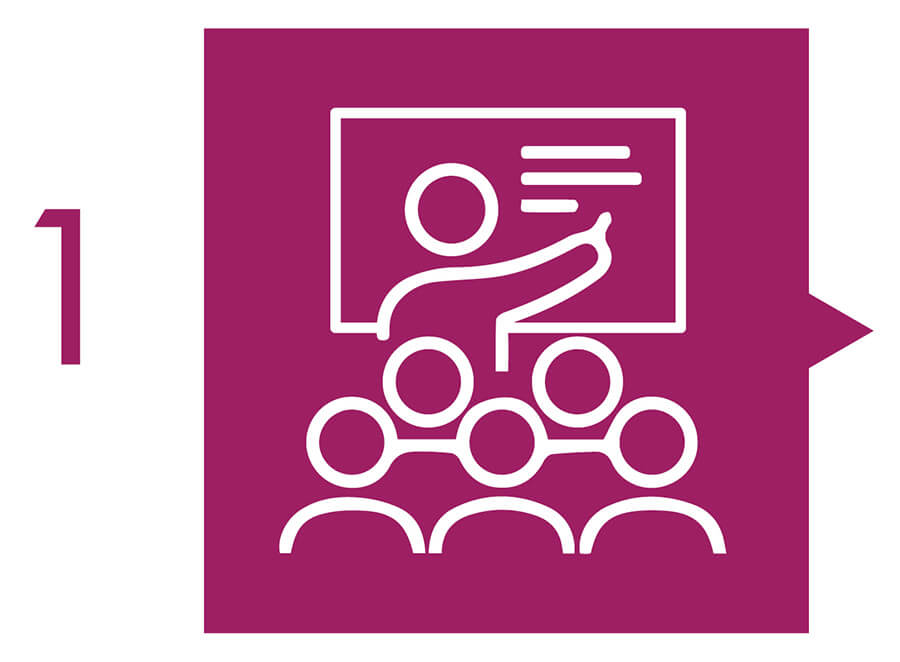
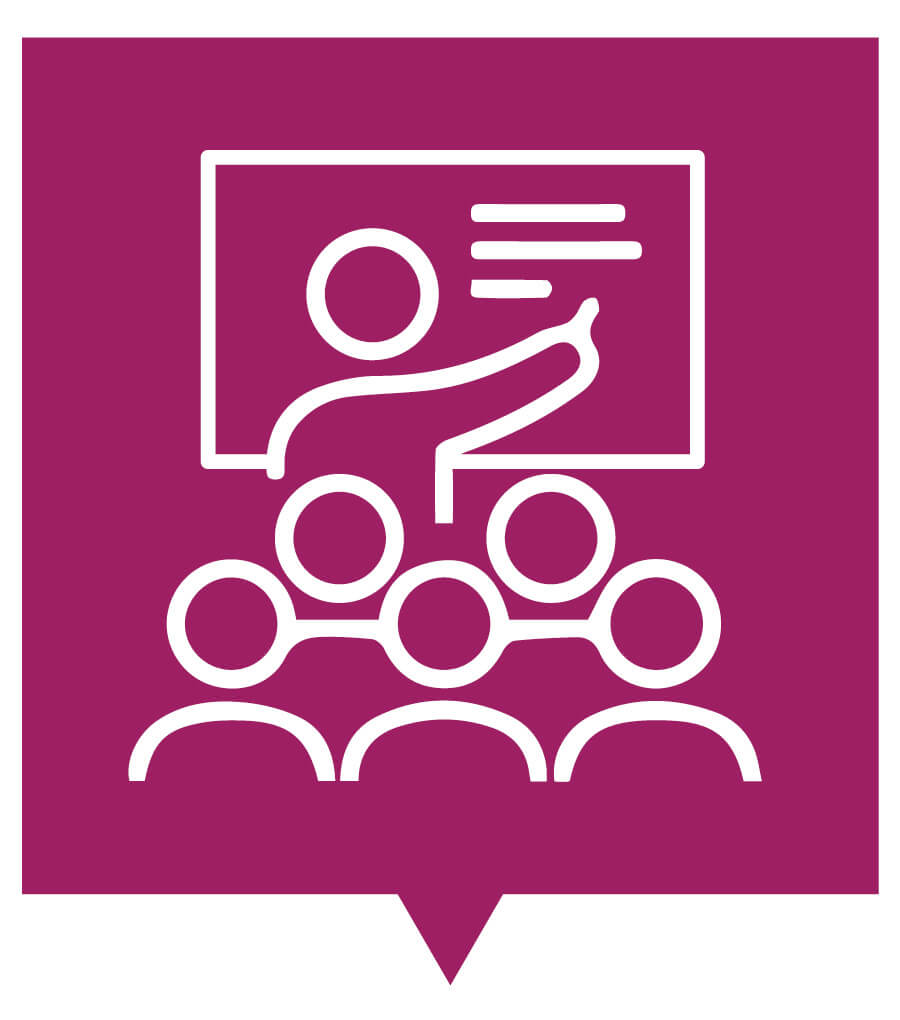
Budget Process Begins
Beginning in the Summer and continuing through the Fall, the Administration begins the budget process anew.
At the direction of the Governor, the Director of Finance issues guidelines for budget development to all agencies and departments. Agencies and departments submit baseline budgets and Budget Change Proposals (BCPs), which detail any requested changes to existing funding levels, to the Department of Finance (DOF) for review and analysis. Using these revenue estimates, baseline budgets, and BCPs, DOF submits a balanced budget to the Governor for approval. Upon approval, this budget is released as The Governor’s Budget by January 10th.
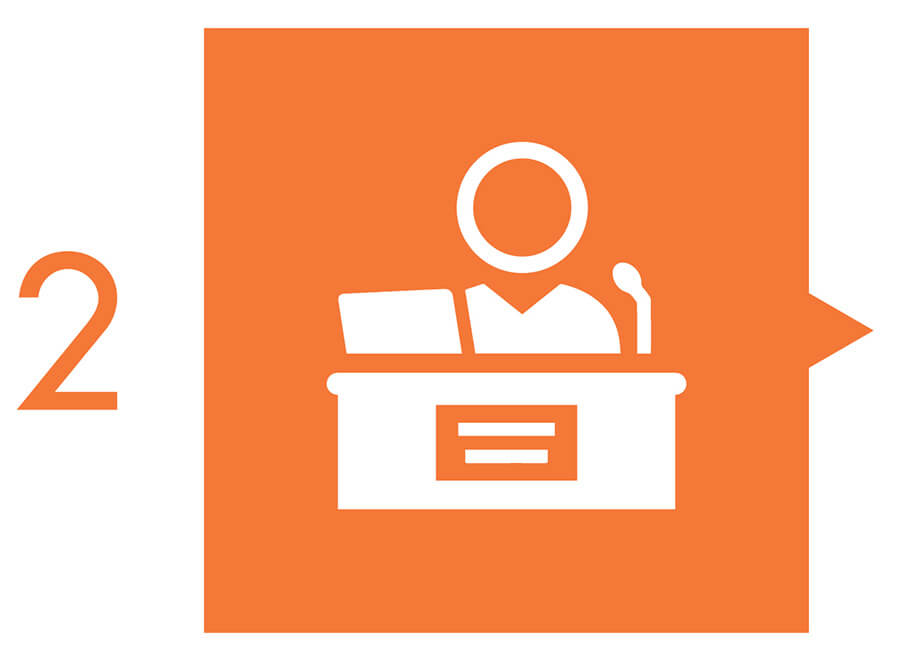

Governor’s Proposed State Budget Plan
Every January (by the 15th), the governor releases his proposed state budget, which outlines how to spend California’s General Fund. Immediately, the Senate and Assembly begin the process of drafting their own budgets. Groups, such as Housing California, that have “budget asks” appeal to legislators (particularly members of the Senate and Assembly Budget Committees) to incorporate their budget asks into the Legislature’s version of the budget.

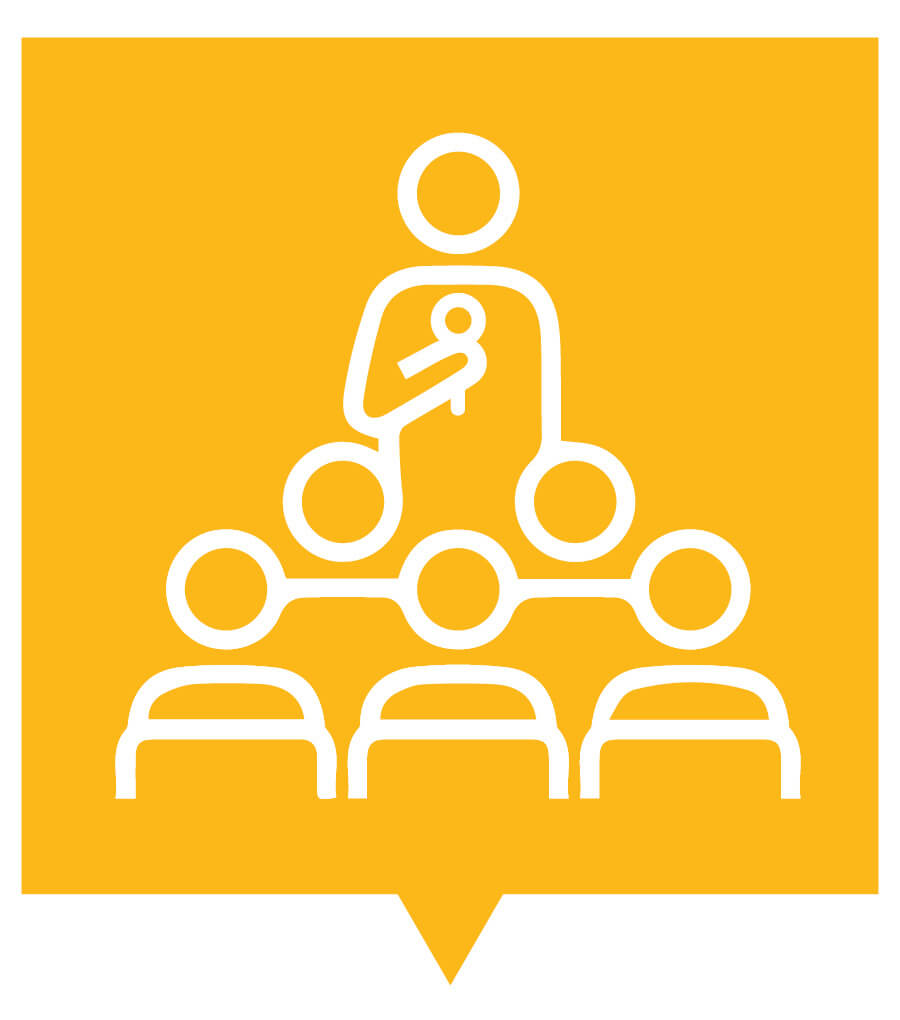
Budget Hearing Process
“Budget Asks” then go through a hearing process, which is different than the hearing process for bills; instead of starting in one house (Senate or Assembly) like a bill, budget asks are heard simultaneously in both houses by each house’s “budget subcommittees.” Groups with “budget asks” often testify in these hearings to make their case for funding. They explain why their programs should receive money in next year’s state budget. Through this process the Assembly and the Senate craft their respective proposed budgets.
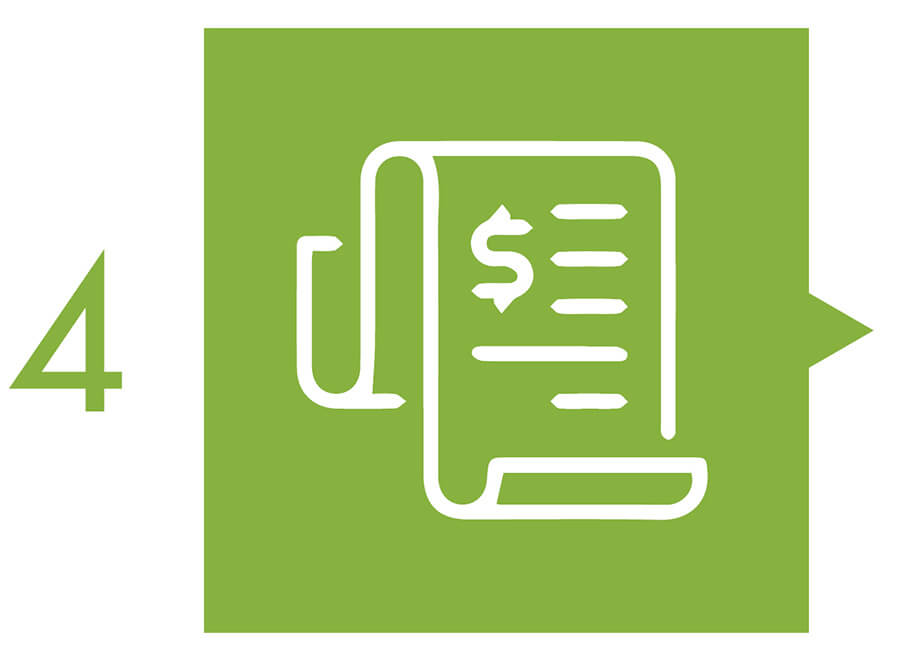
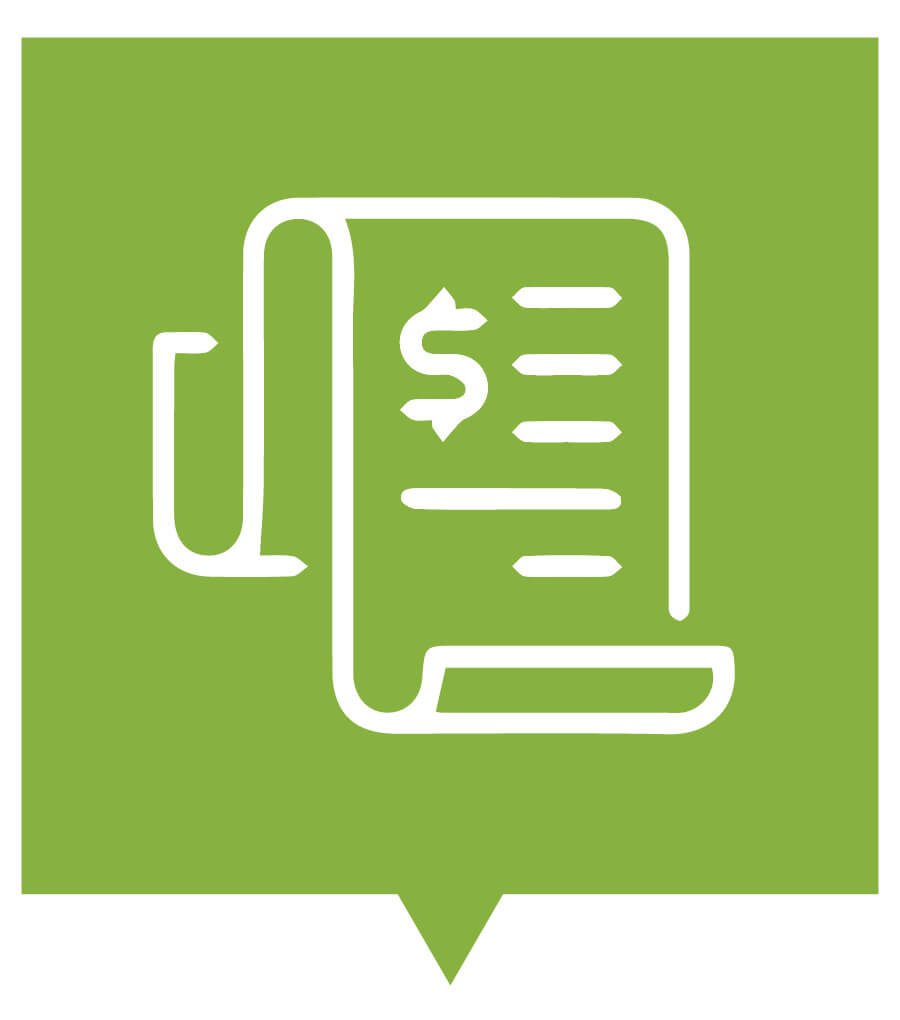
Governor Releases “May Revise” Budget
Meanwhile, in April, California residents pay their state taxes. In the month of May, most of the state taxes (which fund the state’s General Fund) have been collected, so the governor has a more accurate picture of how much money is truly available in the General Fund. Using this information, he revises his budget accordingly (by cuts or additions) and
releases his revised budget proposal (the “May revise.”)
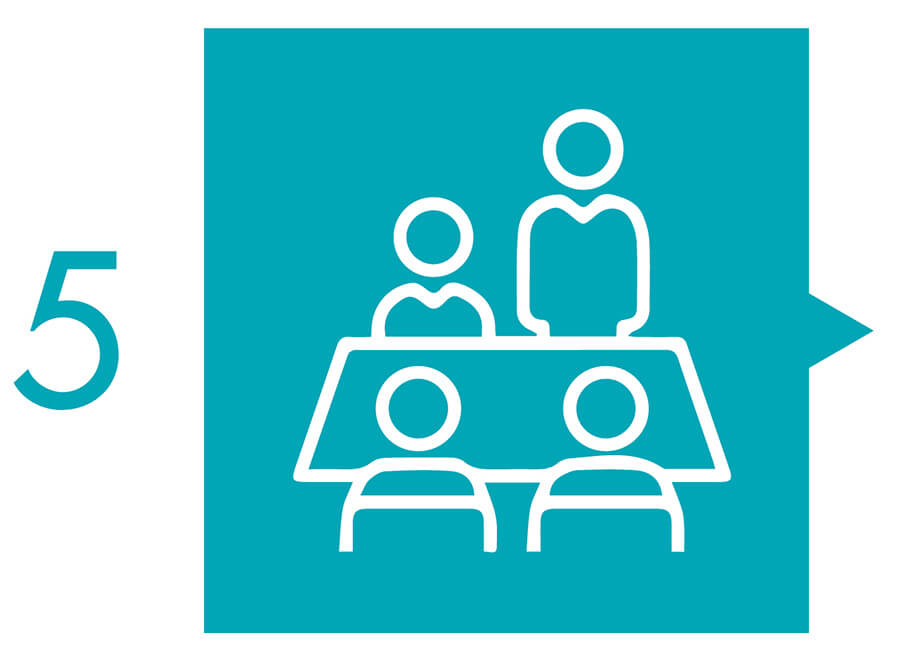
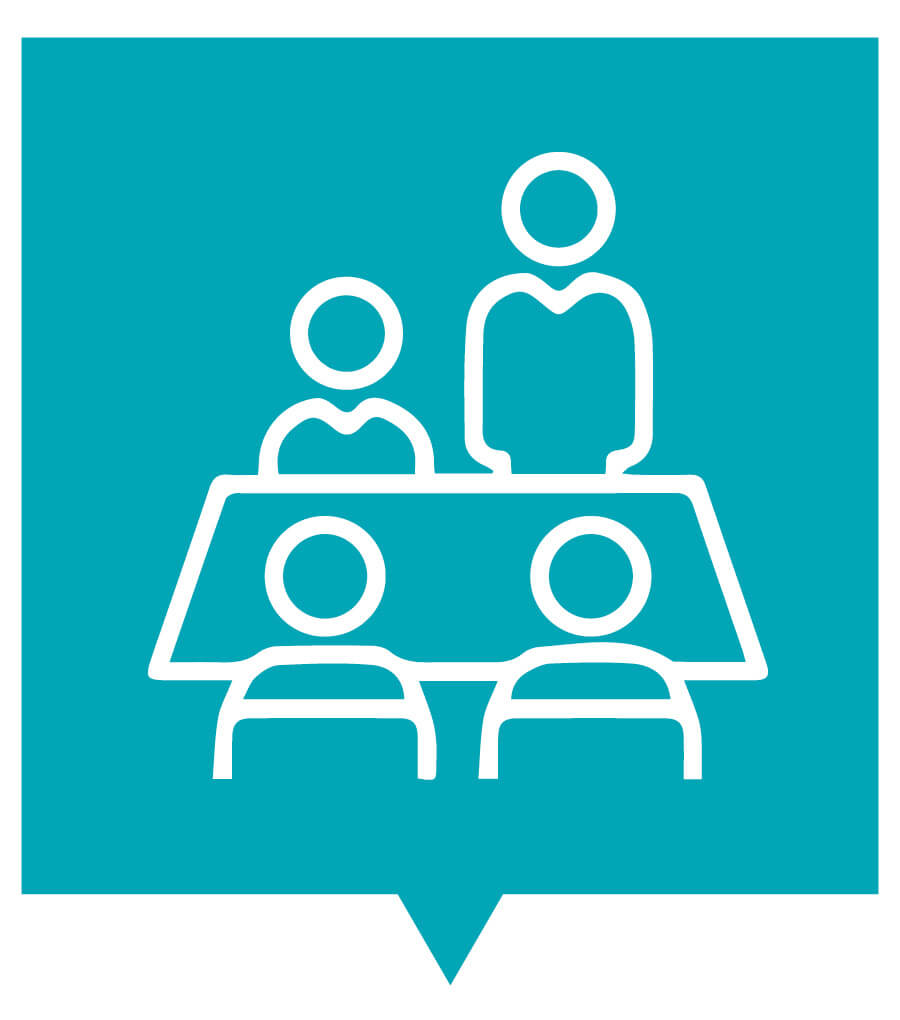
Legislature’s Single Proposed Budget
Eventually, both the Senate and Assembly have their budget proposals. Leaders from each house (the Senate and Assembly), including the Senate President and the Assembly Speaker, then get together, forming the “Conference Committee.” Their job is to hash out differences, negotiate, and come to agreement on a single proposed budget. “Budget asks” that survive this process remain in the Legislature’s budget proposal, which then goes to the governor.
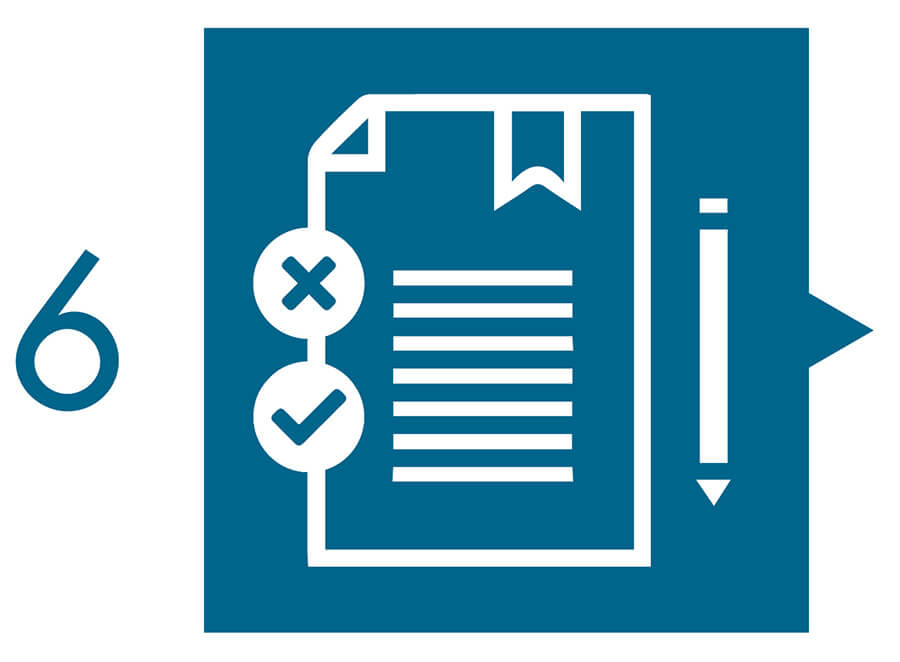
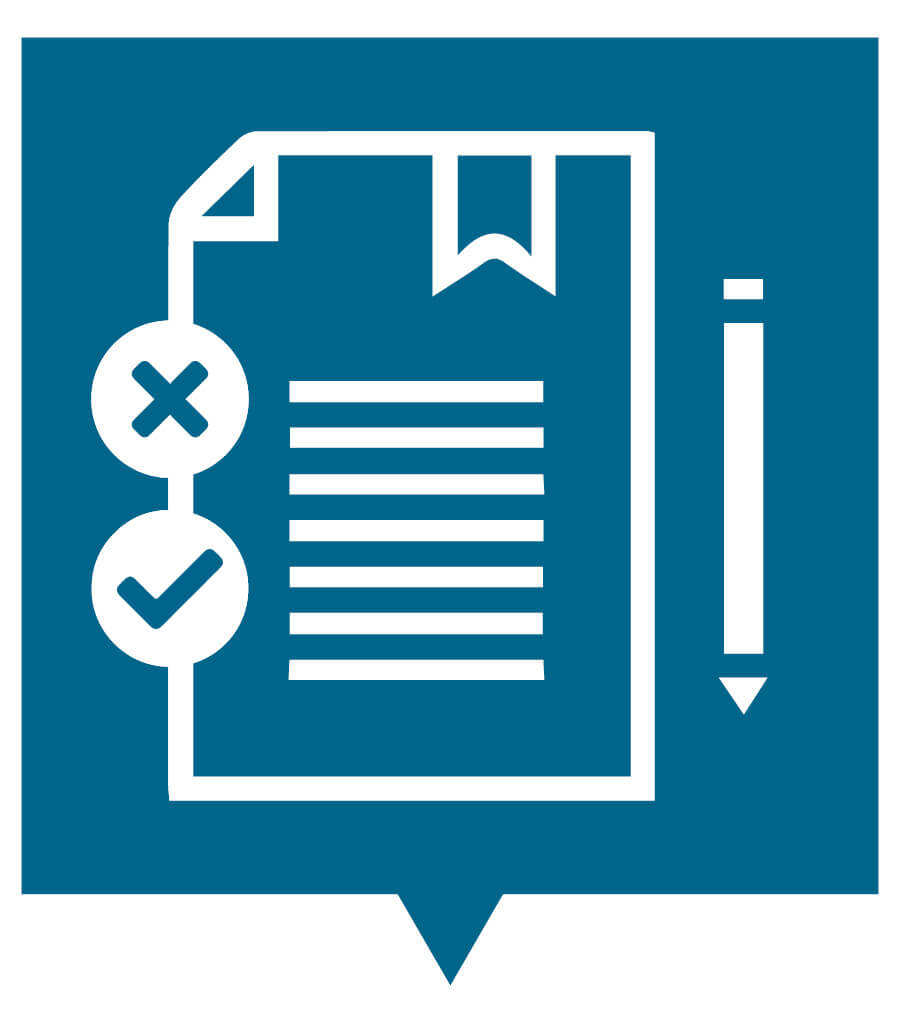
Governor Signs Final Budget
The governor reviews the Legislature’s proposal budget. He has the ability to leave items in the final budget OR strike them with his “blue pencil” (aka “line item veto”.) The governor makes whatever changes he wishes and then signs final budget by June 15th. The budget takes effect July 1.
The following January, it starts all over again.
Key Committees to Know: Policy, Budget, and Appropriations

The policy committee hearings are the forums for public input and the best place for citizens to make their feelings known about legislation.

The budget committee investigates and studies the budget bill, as well as any additional bills implementing the budget or having a direct impact on the State Budget, including deficiencies and reappropriations.

The appropriations committee reviews all bills with any fiscal impact after passage by a policy committee. The duty of the Appropriations Committee, is to investigate and study any proposed bills imposing a state-mandated local program, or bills subject to Joint Rule 10.5 that are not referred to the Budget and Fiscal Review Committee.
How does Housing California take a position on bills?



View the Glossary of Terms

Share this!

